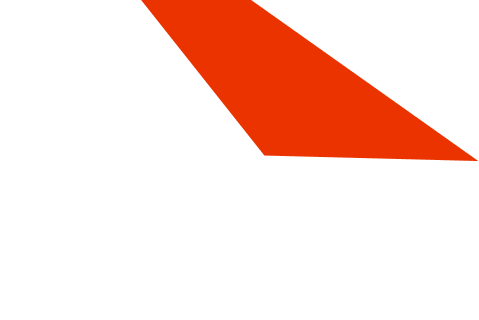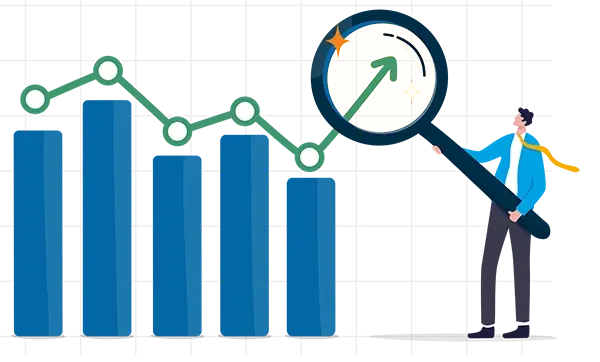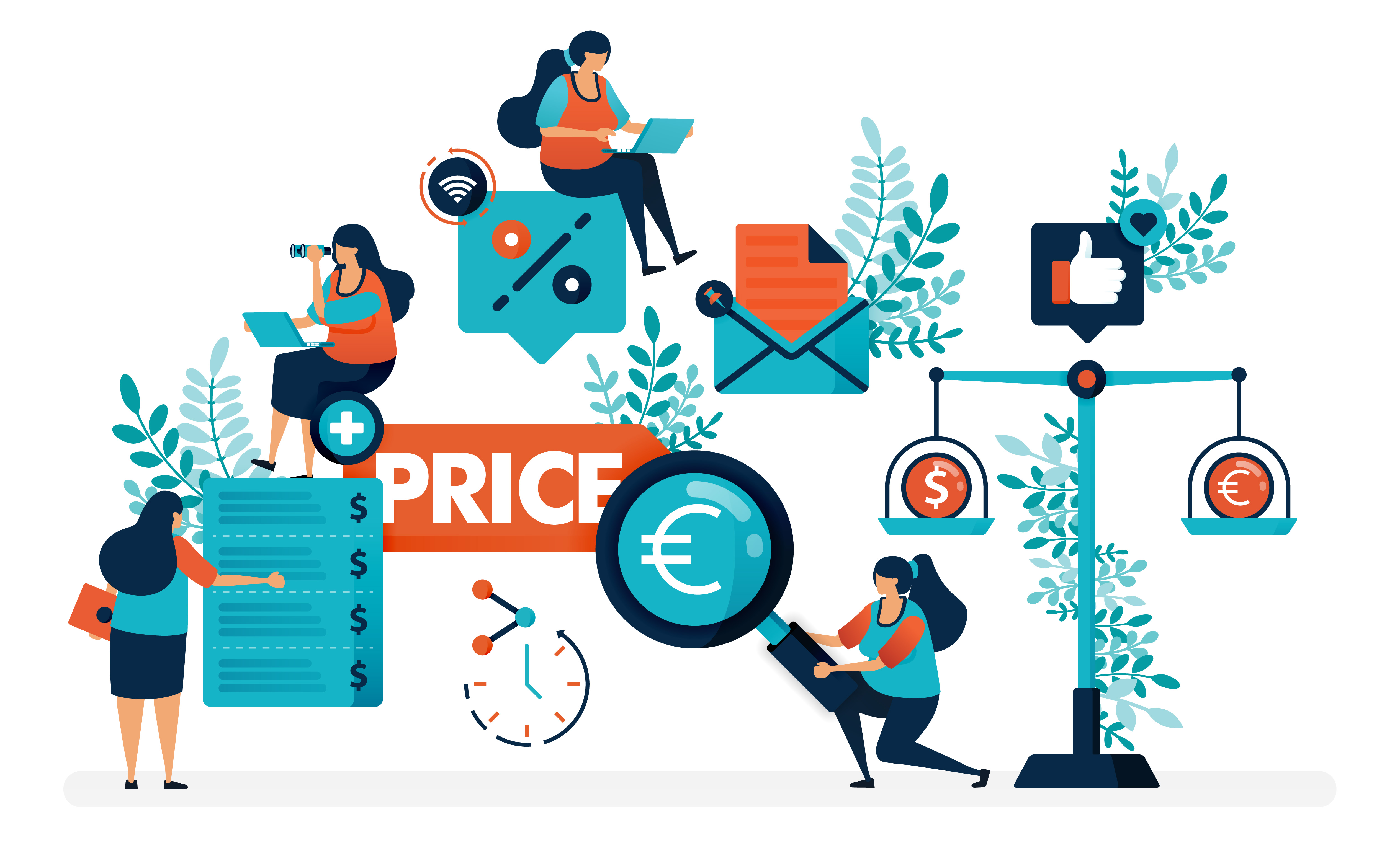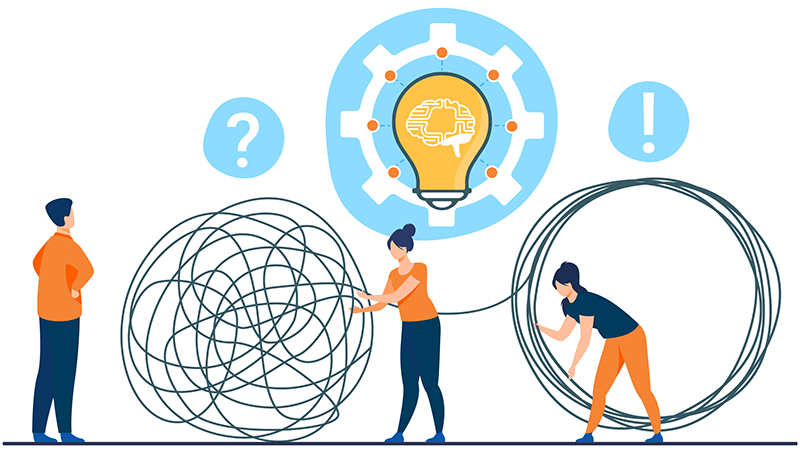
The Product Data universe is exploding with Connected Data, Experience Data, and transactional data, which gives opportunities to draw insights and use them to improve processes and throughputs.
We use a state-of-the-art artificial intelligence system that uses machine learning algorithms and a proprietary training approach to anticipate future trends.


Demand forecasting is a process that uses AI statistical modeling to understand and estimate future customer demand for your products. In order to make our predictions more accurate, we use various tools like advanced machine learning algorithms, data mining, and insights from experts in the field.
Demand forecasting comprises three steps: Data Collection; Data Analysis; Forecasting Demand


Machine learning techniques produce accurate predictive models of demand-price elasticity, which can help in staying competitive and maximizing profit gains. Historical transaction data from before and after a price change event can act as a starting point for the modeling, lending insight into price changes and asubsequent demand changes. Using this data, machine learning for pricing applications can calculate price elasticity, measuring how demand will fluctuate due to shifts in pricing strategy


MLOps practice enables continuous deployment and maintenance of ML models in production reliably. MLOps methodology includes a process for streamlining model training, packaging, validation, deployment, and monitoring. This way you can run ML projects consistently from end-to-end.